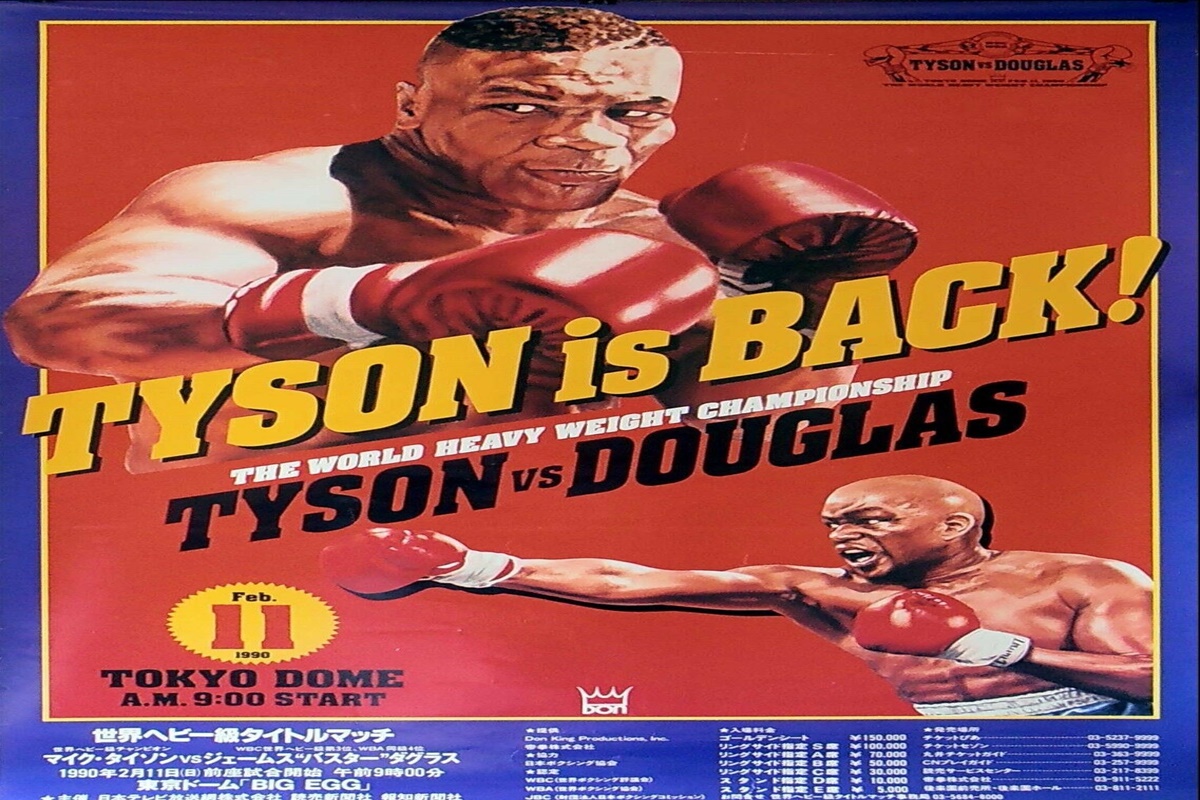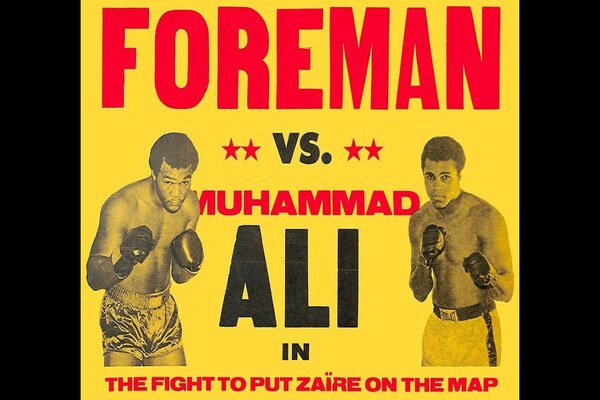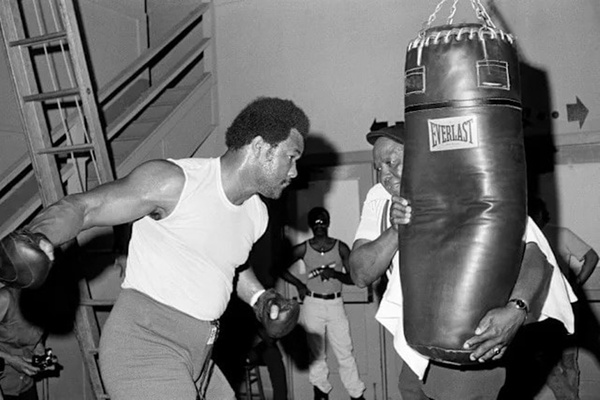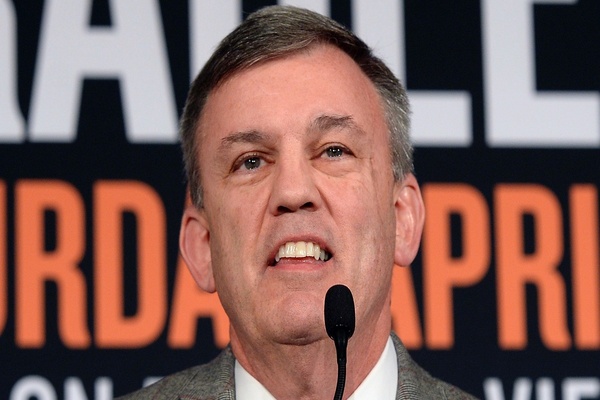Mike Tyson's decline: Based on performance or competition?
Max Warren breaks down the rise and fall of Mike Tyson

Mike Tyson’s first loss at the hands of James Buster Douglas came when Tyson was only 23 years old.
The time period directly before this defeat is often considered his “prime.” The usual narrative is that after this loss, he never returned to the glorious form he had once displayed. His rise to becoming the undisputed heavyweight champion and defending the title nine times was marvelous.
Many people like to suggest that if Tyson remained under the tutelage of his former trainer and manager, Cus D’Amato, for longer, he could have been one of the best, or perhaps the very best heavyweight of all time. Yet, the fights that built up his invincible aura weren’t against opponents that posed a considerable threat. The competition he faced during this time period didn’t remotely compare to the difficulty of Tyson having to face Evander Holyfield and Lennox Lewis later on.
Tyson’s life and career were tumultuous. In 1988, he married actress Robin Givens, and it clearly wasn’t the best situation for him. They divorced after one year, and at that point notorious promoter Don King controlled his boxing career. He lacked necessary mentorship while attaining vast wealth and fame. Kevin Rooney, Tyson’s former trainer and understudy of Cus D’Amato, was fired. Tyson’s life on the business, social, and boxing end was in disorder. Nobody could protect him any longer.
Can all of this turmoil be the reason for him not reaching his full potential? Perhaps, but fighters were eventually going to figure him out and beat the purportedly “unbeatable” heavyweight sensation.
Tyson was a small heavyweight, standing at 5’11.” (at the most) By the 1990s, heavyweights were getting much bigger. Tyson had to constantly push his way inside and be in the line of fire in order to throw his ferocious power shots. To succeed, he had to utilize impeccable head movement and footwork.
He never had the luxury of backing up and using his jab from the outside. His pathway to victory required him to move forward and plant while on the inside. This strategy allowed his opponents an opportunity to land shots of their own, clinch, or move out of the way.
Eventually, Tyson was going to be figured out, and that’s exactly what Buster Douglas did in Tokyo, Japan in 1989. Douglas kept sticking and moving. Whenever Tyson planted, Douglas would move out of the line of fire. Also, Tyson’s come-forward approach wasn’t as daunting in the later rounds. Fighters just had to weather the storm in the early stages.
Douglas could have defeated many heavyweight greats on that fateful night. His boxing prowess was overlooked, and he had been a formidable heavyweight contender for several years before facing Tyson. Earlier on, Douglas wasn’t completely dedicated to his craft, but people in boxing knew that he had potential. He finally put everything together in Tokyo. His mother had died a few weeks before the fight. Douglas was never more motivated. On that night, he was just as difficult of an opponent for Tyson as Holyfield and Lewis were.
Tyson was never unbeatable. Fighters just hadn’t figured him out yet, and his incredible success happened during a weaker heavyweight era. When the 1990s arrived, heavyweights that could defeat him arrived on the scene. His notable defeats in the 1990s and 2000s were against Holyfield and Lewis, but there were plenty of other fighters during that time that could have bested Tyson.
“Big” George Foreman never got a crack at him, and his style was likely kryptonite for Tyson. Foreman knocked out Joe Frazier twice, and Frazier’s stature and style were similar to Tyson’s. Also, Riddick “Big Daddy” Bowe never faced Tyson. Bowe was much bigger than Tyson, and some consider him to be one of the most talented heavyweights of all time. He also had a great body attack and used his jab well.
When the formidable heavyweights of the 90s arrived, Tyson’s cloak of invincibility no longer functioned. It was evident that Tyson wasn’t as disciplined, but the division was eons more competitive than in the 1980s.
For being a smaller heavyweight, Tyson had an incredible career, and his hall-of-fame status is undoubtedly deserved. The incoming class of heavyweights was simply too big and talented for “Iron Mike.” Sooner or later, fighters were going to adjust to Tyson’s style and mitigate his offense.
SecondsOut Weekly Newsletter
Permission Statement
If you accept, we will process your data to fulfil this purpose.
© 2000 - 2018 Knockout Entertainment Ltd & MaxBoxing.com



